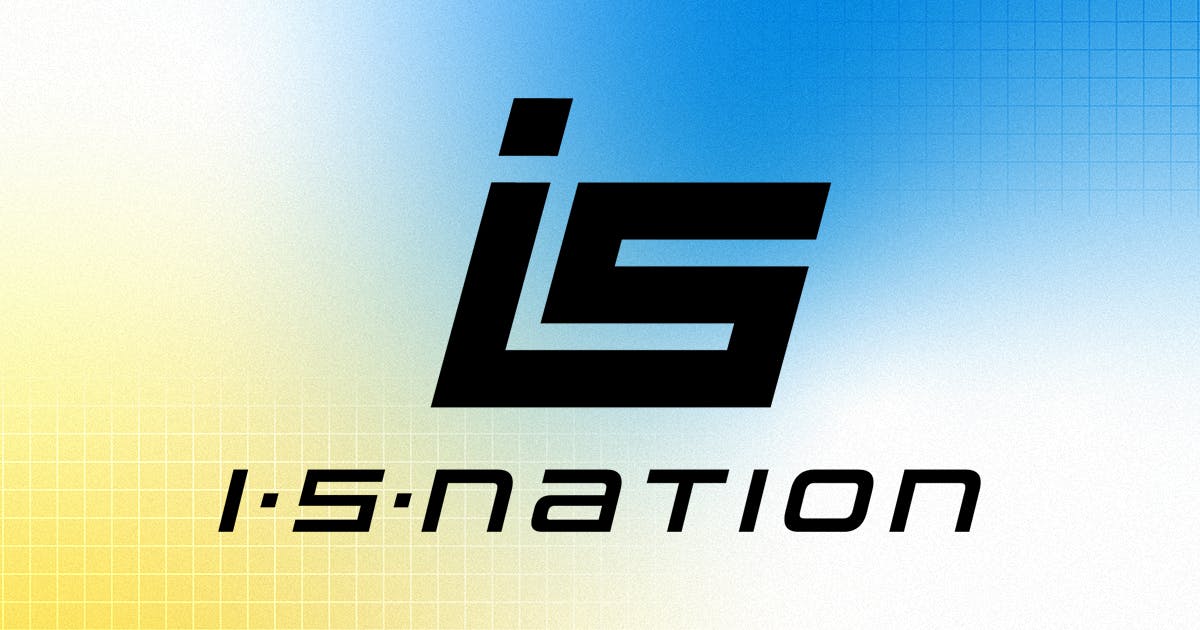During the annual Association of the United States Army show, the Black Hawk reappeared unrecognizable. The helicopter that has accumulated decades of service lost its cabin and controls to gain a bow that opens into two doors and makes way for an expanded hold. The new name is U-Hawk and the conversion is carried out by Sikorsky, a Lockheed Martin company. Within ten months, a UH-60L became an unmanned prototype with autonomy architecture, presented for the first time in public at AUSA.
The U-Hawk was officially shown on October 13, converted from a former UH-60L of the US Army. According to Lockheed Martin, the project went from concept to demonstrator in that period and is in the validation phase before its first flight, scheduled for 2026. For now, the development has been financed internally by Sikorsky and is supported by the company’s previous experience in flight automation.
From Black Hawk to U-Hawk: the old helicopter that is reborn without a cabin
The most visible change is in the bow. Where controls and instrumentation were once concentrated, there are now two type gates clamshell that open to the sides and a motorized ramp that allows loading and unloading even with the rotors running. Integrate a system fly-by-wire third generation together with MATRIX, Sikorsky’s autonomy technology that coordinates sensors, cameras and algorithms to manage flight without human intervention. The redesign provides 25% more useful space compared to a conventional UH-60L.
The extension of the front fuselage not only frees up space, it also multiplies cargo options. The U-Hawk can carry up to 3,175 kilos inside and lift another 4,080 kilos using the external hook, just like a conventional Black Hawk, but with more room for bulky objects. The bay supports four standard JMIC containers, twice as many as before, or a full pod of six HIMARS rockets. It can also accommodate two Naval Strike Missiles anti-ship missiles and an unmanned ground vehicle that enters and exits via its own ramp.
One of the most striking new features is the internal launch system that Sikorsky calls quiver. This module, installed in the warehouse, can house between 24 and 50 drones or loitering munitionsready to be deployed in mid-flight. Each payload can be configured for surveillance, reconnaissance or electronic warfare tasks, and the system supports mixed combinations depending on the mission. The company maintains that this design will allow the U-Hawk to act autonomously before the arrival of troops, clearing or analyzing the terrain with its own means.
Autonomy is one of the strong points of the U-Hawk. According to Lockheed Martin, it can cover up to 1,600 nautical miles without assistance, about 2,960 kilometers, and stay in flight for up to 14 hours without refueling. The company indicates that it can carry internal tanks to extend the range or time on station, but has not specified whether they are necessary to achieve these maximum figures. In any case, the operating margin presented by these data is unusual for a helicopter of this class.

Sikorsky describes the U-Hawk as a forward reinforcement of the air assault. In a typical mission, the helicopter would take off before the troops and release several launched effects for reconnaissance or attack. It would then land, deploy an unmanned ground vehicle and rise again without human intervention. This sequence seeks to reduce the exposure of soldiers and open a path in hostile areas, with an approach that also contemplates non-military uses such as support in fires or natural disasters.
Sikorsky wants to make operating a U-Hawk as simple as using an app. Operators enter mission objectives from a tablet, and MATRIX software calculates the route, controls takeoff, and manages the flight autonomously. The level of intervention can be modified depending on the circumstances, from closer remote monitoring to minimal supervision. Additionally, the system recognizes whether it is in civil or military space and adjusts its behavior.


The U-Hawk was also born as a commitment to efficiency. Sikorsky is taking advantage UH-60L fuselages retired of the US Army, which it replaces flight systems and electronics with its own simpler and lower cost versions. The company claims that this vertical integration, by manufacturing its own management computers and actuators, reduces the total cost of the system and facilitates its maintenance. Being based on the H-60 family, it also inherits a fairly consolidated supply chain.

If the schedule is met, the first flight of the U-Hawk will take place in 2026. It will be the decisive step to check whether full autonomy can be integrated into the H-60 fleet, a model that the US Army plans to keep operational until at least 2070. The idea of converting a classic helicopter into an unmanned platform points to a future in which machines with and without pilots coexist. Whether this vision is translated into a new generation of aircraft will depend on how this first prototype works.
Images | Lockheed Martin
In WorldOfSoftware | A new army has arrived to put order in the Arctic: an F-35 squadron that does not belong to China, Russia or the United States












